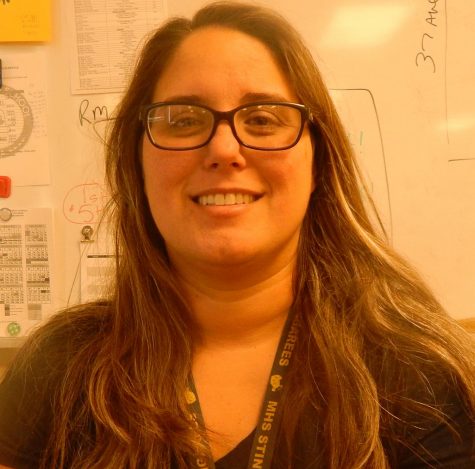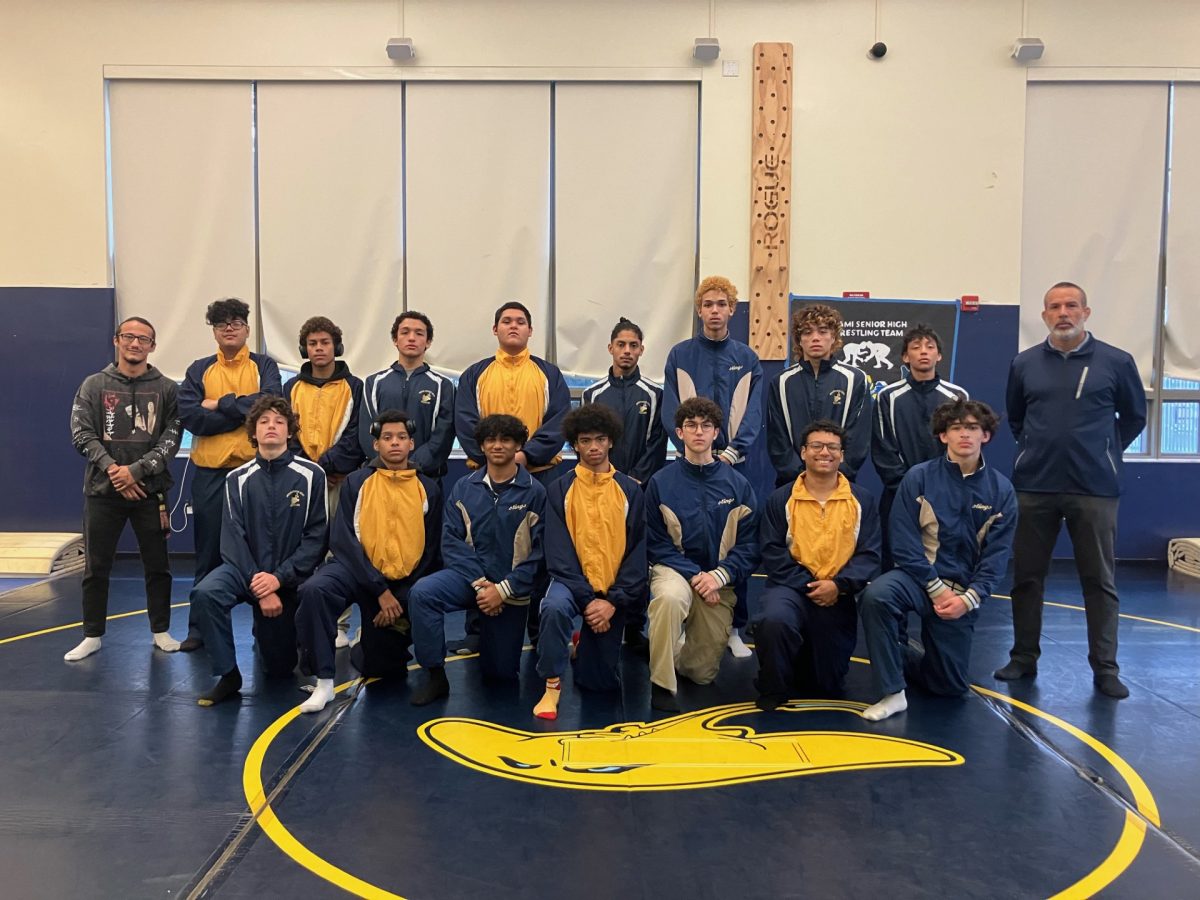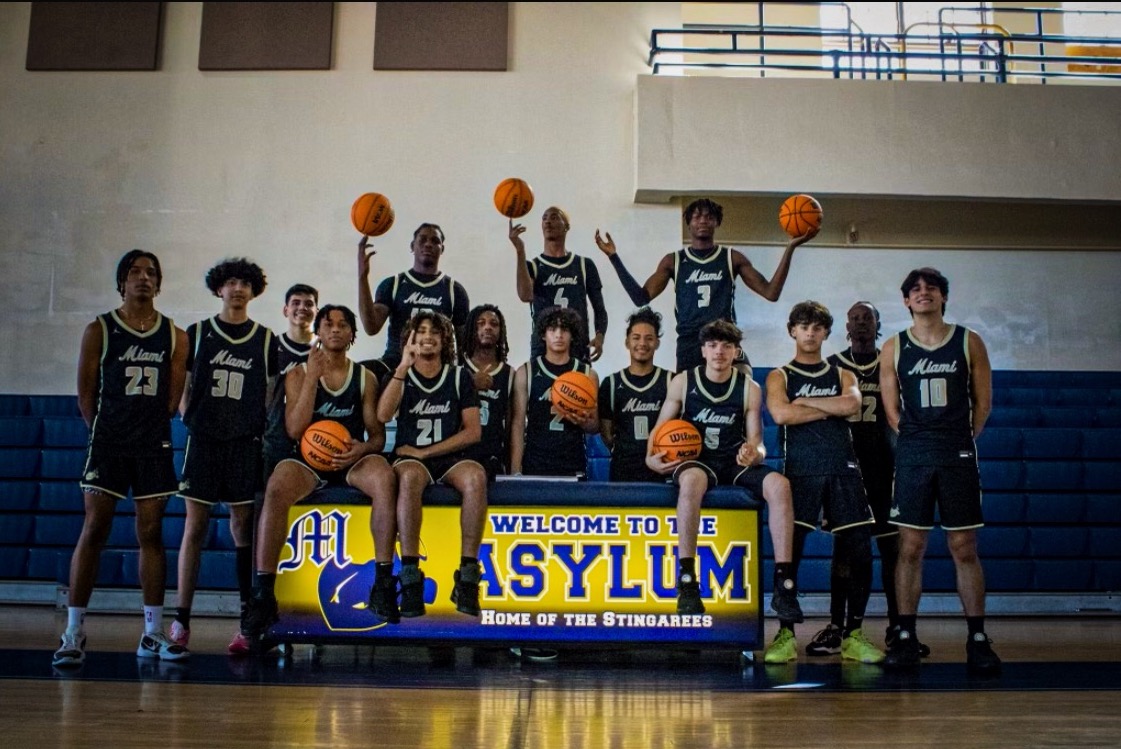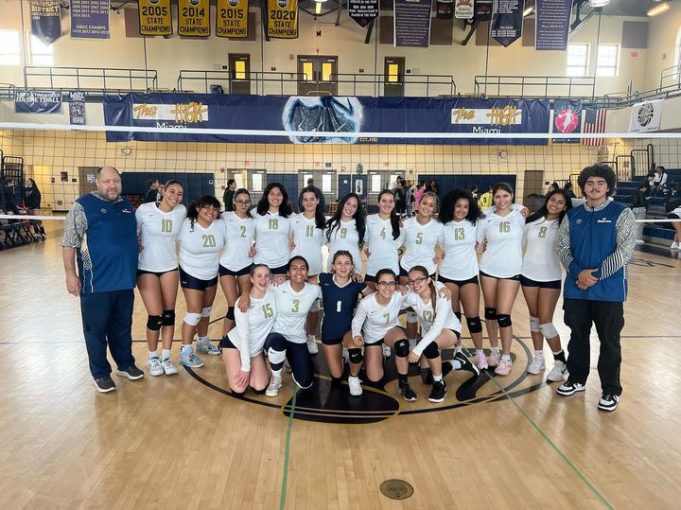Raising Our Voices
October 17, 2018

Hmmm, can you hear the voices? I can hear them too… trying to speak! However, they are not saying anything at all. My dear teachers and students, how many times have we heard the same phrase, “I was afraid to ask.” Every school year is a challenge for both students and teachers—new classes, new students, new rules—but have you ever stopped to think why the school year could be complicated? The answer is simple: we just need to communicate more with each other. In fact, it is well known that an open communication between teachers and students will definitely skyrocket your high school experience to the next level. So let’s put our phones down and raise our hands up.
There are many ways to improve the communication between teachers and students. English Department Chair Mr. Waugaman said, “One way is to have students participate actively in class. Each student should have a fair and equal opportunity to share their thoughts on content relevant topics. Another way is for teachers to implement alternative modes of communication such as, REMIND.com.” Senior Jody Martinez said, “Teachers could make a little box where students can anonymously express if they have an issue. Usually we, students, are ashamed to raise our hands and admit mistakes or confusion.”
Even though we live in a dangerous world, teachers say that being in contact with their students does not make them feel unsafe at all. “Being in contact with my students makes me feel secure, because I know they are getting required tasks completed since there is no question about what is going on. When every one has an open line of communication and everyone is aware, all tasks get completed in an orderly fashion,” said Chorus teacher Ms. Cid.
However, in order for communication to improve, there must be respect all the time. Mr. Hampton, U.S. History teacher, said, “I do not feel unsafe or unprofessional using applications like Remind.com to communicate with students. I am able to send messages directly to students without sharing my personal cell phone number or email address. The Remind Application also warns both teachers and students if messages are being sent at inappropriate times before actually sending the messages. It suggests that students and teachers do not communicate between the hours of 9:00 p.m. and 6:00 a.m.”
There is no denying that the process of learning is enhanced by asking questions. Teachers should be able to assist and clarify any student’s questions for a better educational purpose and to build great communication. According to Ms. Yanes, government and economics teacher, “Teachers should be able to provide clarification on homework, projects, and classwork as well as be aware of any difficulties the student may be having. With that said, the student should not solely rely on a teacher but also be responsible.” 11th grader Daniela Cerrado said, “Teachers should assist students all the time because it’s in the best interest for the students to have an academic improvement.”
Asking questions, getting some help, and communicating any concern in the classroom are not fun for some students, however. Sometimes being afraid to ask is what causes lack of communication between both teachers and students. As Mr. Waugaman said, “A lack of communication is a two-way street. Both parties must actively participate in the process. Either the teacher is not available in reasonable terms for the students or the students do not take advantage of the communication opportunities presented.” Everyone must understand that time is priceless, and if teachers are available, and students need any guidance, then use time wisely because it could really make a difference between a successful or unsuccessful experience at school.

Reading coach Ms. Herris said, “Some kids nowadays are too shy or uncomfortable when speaking up when they are lost in the subject, and sometimes teachers spend too much time going over the topic, so students can’t find any time to go one-on-one with the teacher to ask questions.”
Failing a class, not turning work on time, not understanding a lesson… These are a few problems that could be avoided by improving classroom communication. “When teachers constantly speak to their students, they prevent students from being confused or forgetting things. I think it is necessary to re-read the syllabus, or at the beginning of the class start by a quick review on past topics,” said Jody Martinez.
It is extremely important for the student to have an open communication with the teacher about the class. Mr. Hampton stated, “When constantly communicating with students, teachers can make sure students understand the content and assignments and clear up any confusion. In theory, this should help students achieve at higher levels.”
For any student, the most important part of their lives should be their own education. However, dear classmates, you are not alone. Teachers are also in this journey with us. But if for any reason, students do not get any attention when needed, then their whole education process could be negatively affected. “When students do not have the proper support, both at home and school, their education goals will most definitely suffer. Sometimes, assignments can get confusing for students and asking for assistance is a necessary thing. Students need to know that someone will always be willing to help them understand an assignment or concept,” said Biology teacher Ms. Gutierrez. In other words, students need teachers!
According to Ms. Cid, “When students have a negative experience, they are unlikely to try that again. When the student is not doing well, a positive learning environment where mistakes can happen as long as the student continues to want to correct them is key to creating positive experiences.”





Alfredo Sarmiento • Oct 21, 2018 at 1:50 pm
Excellent article and leaves much learning